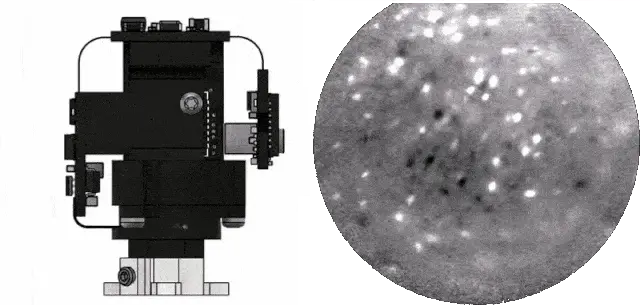UCLA Miniscope V4#

To learn about concept of a miniscope, refer to the Miniscope Overview.
To quickly start using the UCLA Miniscope v4, refer to the Quick Start Guide
To start acquiring data with the UCLA Miniscope v4, refer to the User Guide
To learn how the UCLA Miniscope v4 works, refer to the Developer Guide.
UCLA Miniscope v4 Features & Properties#
Mechanical Properties:
Mass: <3g
Dimensions: 14.5 × 18 × 22.5mm
Optical Properties:
FoV: 1 × 1mm
WD: 675 ± 250µm
The dimension following the ± symbol refers to the WD’s dynamic range from the UCLA Miniscope v4’s electrotunable lens
The above specifications can be adjusted by reconfiguring the objective module
GRIN Lens Compatiblity: relay GRIN lenses (i.e. \(pitch = 0.5n, n=1, 2, 3...\))
Spectral Compatiblity:
Common green fluorophores such as GCaMP
Common red fluorophores such as jRGECO
Sensor (Python480) Features:
Adjustable Frame Rate: 10, 15, 20, 25, or 30 fps
Adjustable Exposure: three discrete levels (low, medium, and high)
Bit Depth: 10
Sensor Pixel Dimensions: 608 pixels × 608 pixels
Software Features:
GUI Compatibility: Bonsai GUI (recommended) or UCLA-Miniscope-DAQ-Software (deprecated)
Sensor settings and imaging depth adjustable through software
Real-time visualization and logging of orientation and image data
Additional Features:
On-board orientation sensor (BNO055)